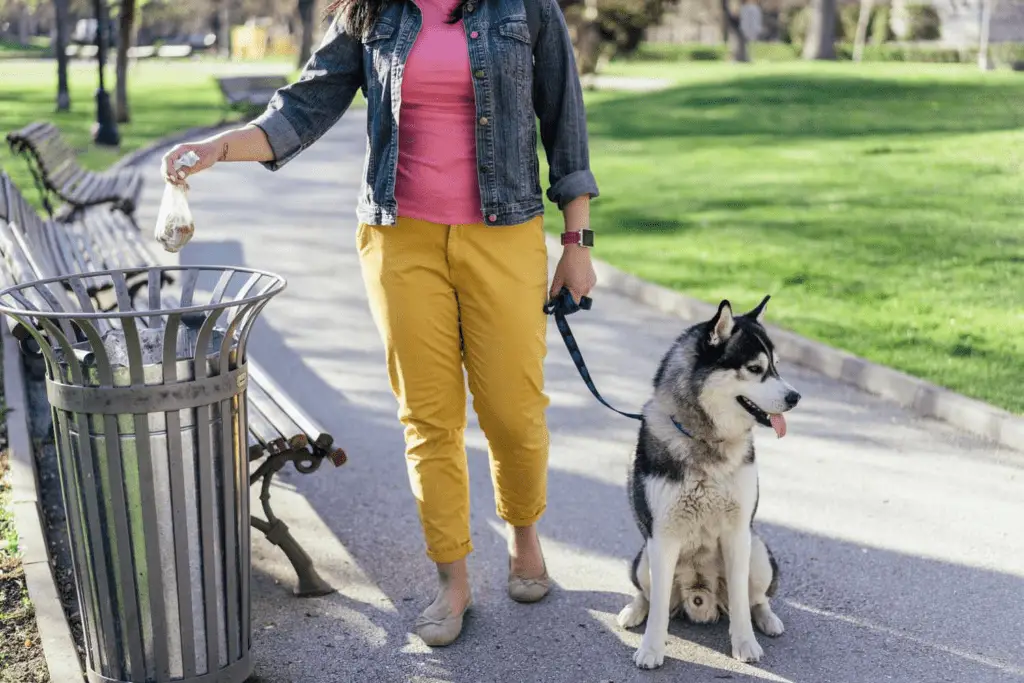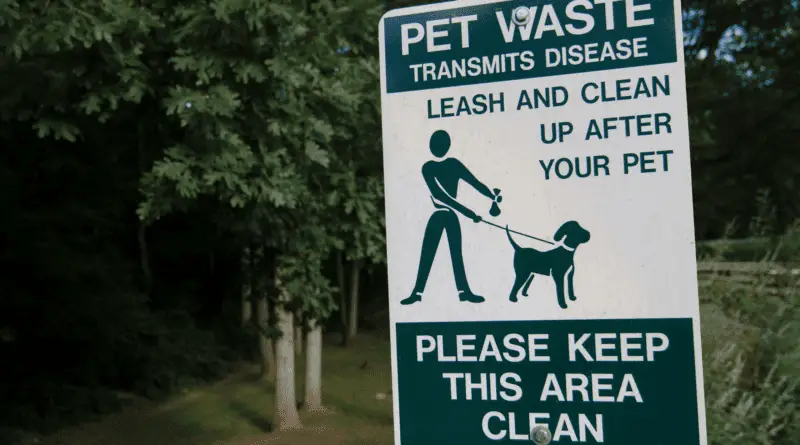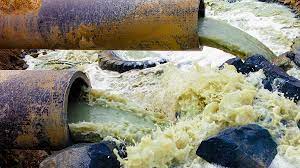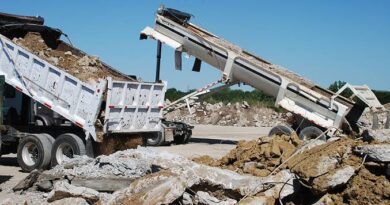What Are the Best Practices for Dog Waste Disposal?
Dog waste disposal is all about cleaning up after our furry friends to keep our neighborhoods clean and safe. When dogs do their business, it’s essential to pick up after them to prevent messes and protect the environment.
One common method of dog waste disposal is using poop bags. These are small plastic bags that you can carry with you when you take your dog for a walk. When your dog goes to the bathroom, you can use the bag to pick up the waste and then tie it shut before disposing of it in a trash bin.
Another option for dog waste disposal is using a pooper scooper. This is a tool with a long handle and a scoop at the end that allows you to pick up dog waste without bending down. Once you’ve scooped up the waste, you can deposit it into a bag or directly into a trash bin.
Some communities have designated dog waste bins or stations where you can dispose of dog waste. These bins are specifically designed to handle pet waste and are often located in parks or along walking trails. They provide a convenient and sanitary way to dispose of dog waste while out and about.
It’s essential to dispose of dog waste properly to prevent contamination of soil and water. Dog waste contains bacteria and parasites that can be harmful to humans and other animals if not handled correctly. By picking up after our dogs and disposing of their waste responsibly, we can help protect the health and well-being of our communities.
In addition to picking up after our own dogs, it’s also important to encourage others to do the same. Educating pet owners about the importance of proper waste disposal and providing resources like poop bags or poop scoopers can help promote responsible dog ownership and keep our neighborhoods clean.
Overall, dog waste disposal is a simple yet important task that contributes to the cleanliness and safety of our communities. By picking up after our dogs and disposing of their waste properly, we can all do our part to create a cleaner and healthier environment for everyone.
Whether you’re a seasoned pet parent or a first-time dog owner, understanding and following best practices for dog waste disposal is not only essential for environmental conservation but also for the well-being of your community.
So, what are the best practices for Dog waste disposal? this article explores the importance of responsible dog waste management and discusses some of the best practices to ensure a cleaner and healthier environment for everyone.
Read Also: Everything You Need to Know About Moen Garbage Disposal
The Environmental Impact of Dog Waste

Dog waste is more than just an unsightly nuisance on the sidewalk; it can have a significant impact on the environment. Here’s why responsible disposal is crucial:
1. Water Pollution and Eutrophication: Dog waste contains harmful bacteria and parasites that can leach into the soil and contaminate water sources.
When rainwater washes dog waste into storm drains, it often ends up in rivers, lakes, and oceans, contributing to water pollution and promoting eutrophication, a process where excess nutrients cause harmful algal blooms that harm aquatic life.
2. Health Hazards: Left unattended, dog waste can pose health risks to both humans and other animals. The bacteria and pathogens it carries can lead to diseases, and parasites like roundworms and hookworms can infect the soil and remain active for a long time, posing a threat to anyone who comes into contact with contaminated areas.
3. Aesthetic and Social Concerns: Unsightly piles of dog waste can be a turnoff for residents and visitors alike. Neglecting proper disposal can result in a negative perception of the community and hinder the enjoyment of public spaces.
Given these concerns, it’s evident that responsible dog waste disposal is a shared responsibility among dog owners, communities, and municipalities. Let’s delve into some best practices to ensure we do our part in keeping our environment clean and safe.
Read Also: All You Need to Know About Paint Waste Disposal
Best Practices for Dog Waste Disposal

1. Use Biodegradable Bags: When you’re out on a walk with your dog, be sure to carry biodegradable poop bags. These bags break down more easily in the environment compared to traditional plastic bags. Make a habit of using them to pick up your dog’s waste promptly.
2. Securely Seal the Waste: After scooping the waste into a bag, ensure it is securely sealed. This prevents any accidental leaks or odors from escaping from the bag.
3. Dispose of in Designated Bins: Many parks and public spaces have designated dog waste disposal bins. Use these bins to discard the securely sealed waste. These bins are equipped with liners that can handle dog waste, and their contents are usually disposed of properly.
4. Home Composting: If you have a yard, you might consider home composting. Some dog waste composting systems are available that break down waste over time, rendering it safe for use in non-edible plants. However, be cautious about using this compost in vegetable gardens due to potential health risks.
5. Avoid Flushing: It’s essential to note that flushing dog waste down the toilet is not recommended in many regions. The sewage system might not be equipped to handle the pathogens found in pet waste, potentially causing blockages or contamination issues.
6. Respect No-Dogs Zones: Be aware of and respect areas where dogs are not allowed, such as playgrounds, beaches, and protected natural spaces. These restrictions are often in place to safeguard the environment and public health.
7. Educate Others: Promote responsible dog waste disposal in your community. Encourage fellow dog owners to follow best practices and report those who don’t. Sometimes, community awareness can drive positive change.
8. Regular Yard Clean-Up: If you have a yard where your dog does its business, regularly clean up the waste. Leaving it in your yard can lead to the same environmental and health concerns as leaving it in public spaces.
9. Consider Pet Waste Stations: Some communities install pet waste stations in public areas, equipped with bags and disposal bins. If your community doesn’t have them, you can advocate for their installation.
10. Biological Waste Treatment: In some places, dog waste can be disposed of in biological waste treatment facilities. Check with your local waste management authorities to see if this option is available in your area.
In conclusion, Responsible dog waste disposal is a fundamental aspect of being a conscientious pet owner and a good neighbor. The environmental impact of neglecting this duty can be substantial, affecting water quality, public health, and the overall aesthetics of our communities.
By using biodegradable bags, securely sealing waste, and disposing of it in designated bins, we can make a significant difference. Home composting is an option for some, but it must be done with caution.
Remember that responsible dog waste disposal is not just a matter of hygiene; it’s a matter of respect for the environment and the people around us.
By educating ourselves and others, advocating for proper disposal facilities, and taking action to keep our own spaces clean, we can collectively make a positive impact and ensure a healthier, cleaner world for everyone – both human and canine.
Read Also: Infectious Bronchitis (in poultry): Description, Damages Caused, Control and Preventive Measures




